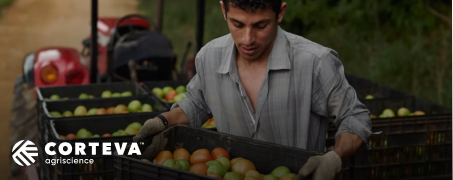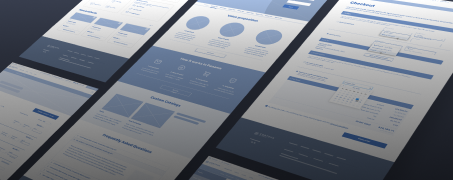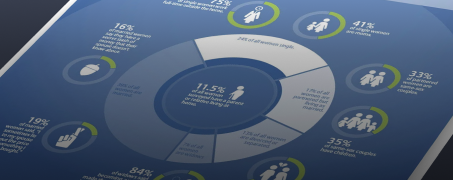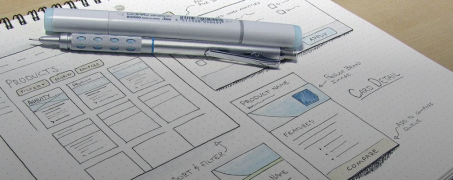My work as a UX designer, writer, strategist, and team leader is predicated on design thinking and a user-centered processes.
Hi. I’m Patrick Kuntz.
I bring a combination of technical understanding and empathy to my work so I can hold the entire product in my mind as a gestalt.
After all, a product is more than a collection of functional requirements and UI components. Humans don’t interact with individual requirements – they interact with the product as a whole.
My job is to understand the technology and the users, to visualize the product the way they will experience it, and to create project artifacts which enable creative and technical teams to build it.
People don’t hire me because I know all the answers. They hire me because I know how to find out all the answers.
– Patrick Kuntz
Case Studies
Below are some case studies that illustrate my approach delivering both user and business outcomes.
CORTEVA
GLOBAL DESIGN SYSTEM
Unifying 50 websites in 35 languages under one WCAG-compliant system
CLAIMS PORTAL
DENTAL/HEALTHCARE SaaS PLATFORM
Solving some of the most challenging data problems in healthcare and dental
IGNITE MINNEAPOLIS
MOBILE APP
Creating a new kind of event app to augment an analog experience
UX Artifacts Deep Dive
In the sections below I give detailed explanations of the value created through thoughtful and intentional UX practices.
THE IMPORTANCE OF
WIREFRAMES
THE IMPORTANCE OF
UI DESIGN & ART DIRECTION
THE IMPORTANCE OF
ANALOG ITERATION








